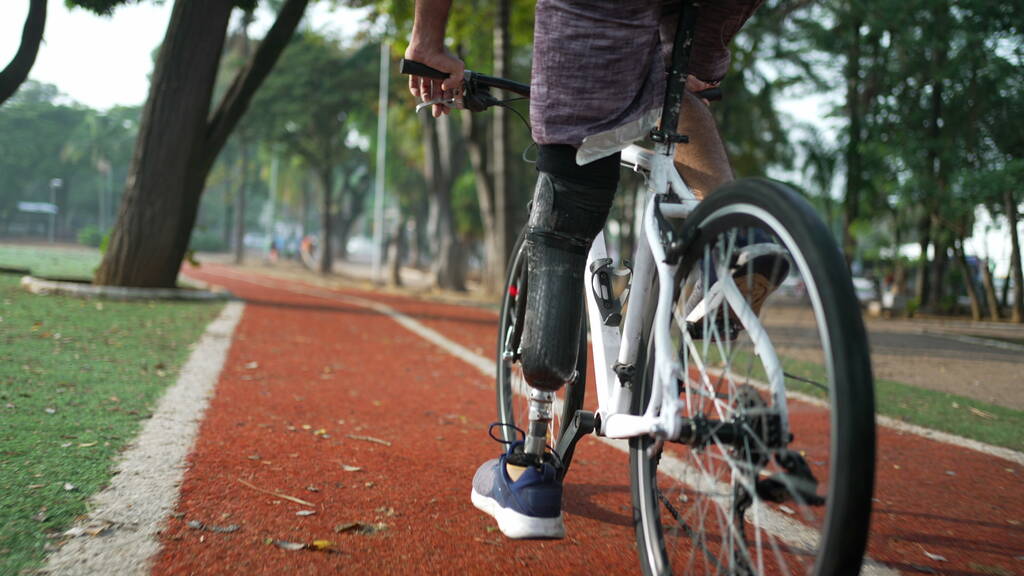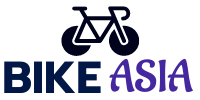Creating an inclusive environment for individuals with disabilities is essential for fostering independence and enhancing quality of life. The National Disability Insurance Scheme (NDIS) in Australia plays a pivotal role in achieving this goal by providing support and resources to those with disabilities. One area where innovation is making significant strides is in cycling, offering NDIS participants new opportunities for physical activity, social engagement, and transportation. This blog explores some of the most innovative cycling solutions tailored for NDIS participants, highlighting their benefits and impact.
1. Adaptive Bicycles: Breaking Barriers in Mobility
Adaptive bicycles are at the forefront of cycling innovations for NDIS participants. These bicycles are designed to cater to a wide range of physical abilities, ensuring that everyone can experience the joy and freedom of cycling. From handcycles for individuals with lower limb limitations to tandem bikes for those with visual impairments, adaptive bicycles are revolutionising how people with disabilities engage in cycling.
Key Features:
- Customisation: Each bike can be tailored to meet the specific needs of its rider, whether it’s adjusting the seat height, handlebar position, or adding foot and hand supports.
- Safety: Enhanced stability features, such as three-wheeled designs and low centre of gravity, make these bikes safer and more comfortable for riders with balance issues.
- Accessibility: Easy boarding and dismounting designs cater to those with mobility challenges, ensuring a seamless cycling experience.
2. Electric Assistance: Powering Independence
Electric-assist bicycles (e-bikes) have become a game-changer for NDIS participants. They provide an additional power boost, making cycling less physically demanding and more accessible for people with varying levels of physical stamina and strength.
Benefits:
- Inclusivity: E-bikes level the playing field, allowing cyclists with different abilities to ride together.
- Endurance: The electric assistance helps riders cover longer distances without excessive fatigue.
- Rehabilitation: E-bikes can be an excellent tool for gradual physical rehabilitation, offering adjustable levels of assistance as strength and stamina improve.
3. Therapeutic Cycling Programs: More Than Just Riding
Therapeutic cycling programs, often supported by the NDIS, offer a holistic approach to cycling for individuals with disabilities. These programs combine physical activity with social interaction and mental well-being.
Program Elements:
- Structured Rides: Organised group rides that cater to different ability levels, promoting social interaction and community building.
- Skill Development: Sessions focusing on improving cycling skills, road safety awareness, and confidence.
- Mental Health Support: Incorporating elements of mindfulness and stress relief through cycling in natural, serene environments.
4. Technological Integration: The Future of Adaptive Cycling
The integration of technology in adaptive cycling is opening new doors for NDIS participants. From GPS-enabled bikes for navigation assistance to virtual reality setups for indoor training, technology is enhancing the cycling experience for people with disabilities.
Technological Innovations:
- Smart Bikes: Bikes equipped with sensors and GPS to help navigate and track routes, ideal for visually impaired riders.
- Virtual Reality: VR setups that simulate outdoor cycling experiences, perfect for individuals unable to cycle outdoors due to severe physical limitations or safety concerns.
5. Community and Policy Support: Fostering an Inclusive Cycling Culture
Beyond the equipment and programs, community and policy support play a crucial role in promoting cycling among NDIS participants. Advocacy for more accessible cycling infrastructure, funding for adaptive cycling programs, and awareness campaigns are essential.
Community Initiatives:
- Cycling Clubs: Clubs that focus on inclusive cycling, offering regular rides and events for NDIS participants.
- Awareness Campaigns: Campaigns to educate the public about the capabilities and needs of cyclists with disabilities.
- Policy Advocacy: Efforts to influence policies for better cycling infrastructure, such as wider paths and accessible park facilities.

Empowering Mobility and Independence
Innovative cycling solutions for NDIS participants are not just about mobility; they’re about empowerment, independence, and quality of life. These advancements in adaptive bicycles, electric assistance, therapeutic programs, technology, and community support, bolstered by NDIS investment, are paving the way for a more inclusive and accessible cycling environment. As these innovations, fueled by NDIS investment, continue to evolve, they hold the promise of opening up new horizons for people with disabilities, offering them the freedom and joy of cycling that everyone should have the opportunity to experience.
